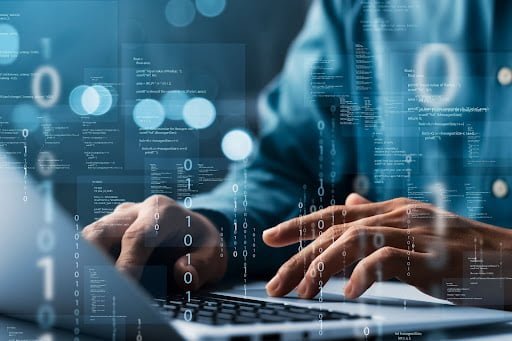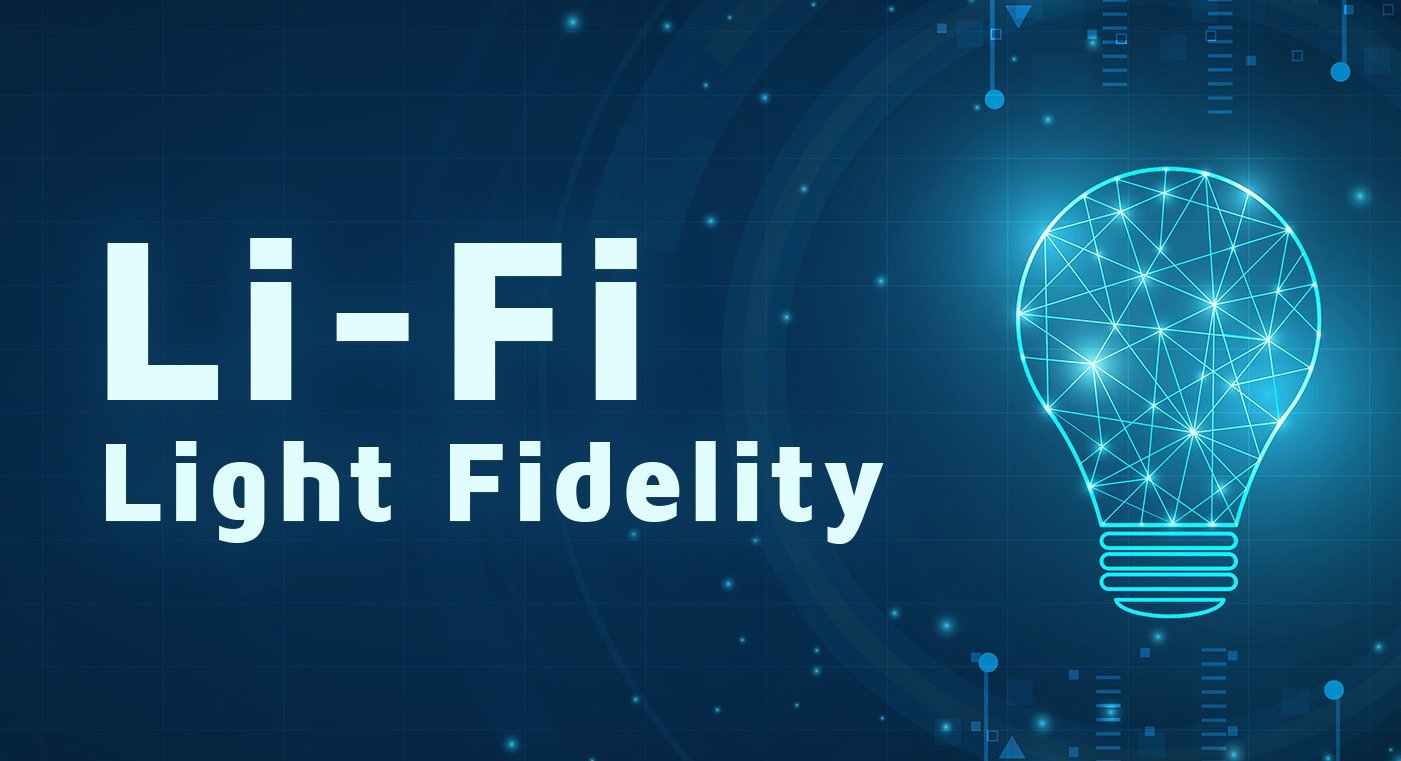
Blog
Quels sont les enjeux de la cybersécurité ?
A l’ère où les grands mouvements de notre société s’articulent autour d’Internet, et où nos données professionnelles comme personnelles y sont très majoritairement stockées, la question de la cybersécurité est plus que jamais au centre de nos préoccupations. Toutefois, ce besoin de sécurité s’accroît proportionnellement à la complexité de nos systèmes informatiques et, par conséquent, à la difficulté que l’on éprouve à les protéger efficacement contre les attaques, toujours plus nombreuses et ingénieuses. Devant l’apparente fragilité des moyens de protection actuels, il incombe aux acteurs de l’innovation technologique de repenser la notion de cybersécurité. Alors quels changements se profilent dans ce domaine, et pourquoi sont-ils si cruciaux ?

Accueil > Blog > Actualités > Quels sont les enjeux de la cybersécurité ?
What is cybersecurity?
First of all, we need to define the concept of cybersecurity which, although omnipresent in our daily lives, is sometimes confusing. Cybersecurity refers to all mechanisms and actions to protect computer systems and their data. By protect, we mean in particular to preserve the integrity and confidentiality of digital data, the proper functioning of computer services and ensure user authentication. This protection requires technical tools (antivirus software, firewalls), human tools (engineers, ethical hackers, raising the awareness of professionals and individuals...), educational tools (EBIOS risk assessment method), and legislative tools (ISO/CEI 27001 standard, GDPR, Cybersecurity Act...).
Massive digitalization, a breeding ground for cybercrime
The digital transformation that has been taking place throughout the world for several years has led to a massive dematerialization of information systems with their migration to the cloud, but also to an increase in the number of devices from which these systems can be accessed, as well as an acceleration in the frequency of software updates. This makes it much more difficult to protect servers and has proportionally created as many opportunities for cybercriminals. While cybersecurity is already a priority issue, it is likely to become even more so in the coming years, if the pace of digitization of society is anything to go by. Day after day, the role of the Internet in political, economic and social dynamics is increasing, and this is in proportion to the weight of the consequences of cyber attacks on companies, state structures and individuals.
Cyber attacks: disastrous consequences
Leakage of sensitive data that can cause a simple lovers' quarrel just as well as major geopolitical disruptions, the amount of the ransom or the cost of repairs that can jeopardize companies, violation of medical secrecy, damage in the defensesector...: The dramatic consequences of a cyber attack are countless, and history has proven that they are unfortunately not fictional. Even if the implementation of antivirus and firewalls and the taking of precautions in terms of cybersecurity are necessary and allow IT threats to be drastically reduced, these tools are far from being infallible and the speed of evolution of our systems combined with hackers' determination make it unlikely that they will ever be. So what is the solution? Should everyone be prepared to suffer, one day or another, a cyber attack with tragic consequences? The answer is obviously no. But in order to deal with the threats, a strategic change must take place.
LiFi and cybersecurity - a paradigm shift on the agenda
One of the major flaws in our use of the Internet is the technology by which we access it in most public and private places: WiFi. Still very much in the majority in the wireless communication landscape, this technology based on radio frequency waves has an average range of 250 meters outdoors and 35 meters indoors for a single access point. The signal emitted crosses the walls of the room in which it is broadcast and can be easily hacked from outside by any ill-intentioned person, and even more easily if, as is often the case, network security is poor. This is where LiFi comes in. A wireless communication technology based on visible light, in which data is transmitted by means of a light beam emitted by an LED bulb and projected toward the connected device. Because the light does not pass through walls, the LiFi signal is strictly impossible to hack by anyone outside the room, and even outside the coverage area of the light source. The coverage angle can be adjusted to restrict access to a specific user or user, and access can be subject to personal authentication for added security. To benefit from this technology, you don't have to give up your high-quality connection. With throughput equivalent to the best fiber offerings and latency as low as 0.5 milliseconds, LiFi ticks all the boxes to become the face of future connectivity. What's more, LiFi operates without radio waves and is therefore safe to use, because your own safety is just as important as the safety of your data.
Articles récents

Catégories
Découvrez aussi...



